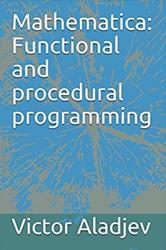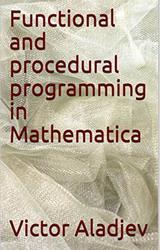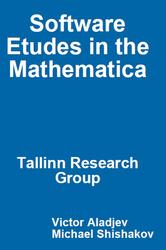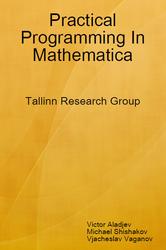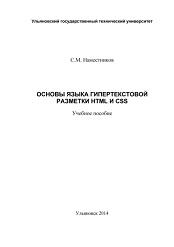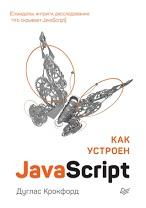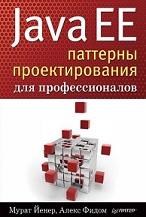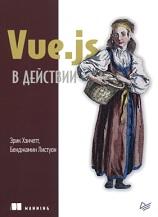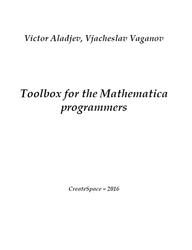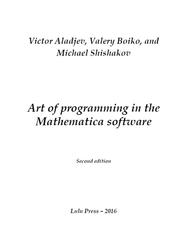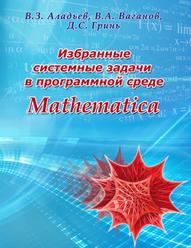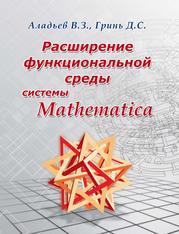In the book we present some of results of the work we have done in theory of classical Cellular Automata (CA) and their appendices during 1969-2013 in truth with considerable pauses. These results at present form essential constituent of the CA problems. In particular, we have studied such problems as the nonconstructability problem in CA, decomposition of global transition functions in CA, extremal constructive possibilities, complexity of finite configurations and global transition functions, parallel formal grammars along with languages defined by CA, the modelling problem in the classical CA, computer simulation of CA, certain applied aspects of CA, etc. At present, the CA problems is a rather well developed independent sphere of the mathematical cybernetics which has considerable field of numerous appendices. At that, with the equal right the CA problems can be considered as a component of such fields as discrete mathematics, the discrete parallel dynamic systems, complex systems and some others. In our opinion the book will present an indubitable interest for students, post-graduates and persons working for doctor's degree of the appropriate faculties of universities.
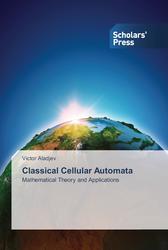
The basic concept of homogeneous structures (HS-models, Cellular Automata).
In conformity with afore-said, the homogeneous structures (HS) at all generality represent highly formalized models of the certain abstract Universes developing by simple rules and consisting of rather simple identical elements. The HS-universes of such kind develop according to local and everywhere identical rules of interaction of the elements forming them (laws). In the given context we can consider HS-models as a certain analogue of physical concept of «field».
Contents.
Introduction.
Chapter 1.The basic concept of homogeneous structures.
Chapter 2.Nonconstructability problem in classical homogeneous structures (Cellular Automata).
Chapter 3.Extremal constructive opportunities of the classical homogeneous structures (Cellular Automata).
Chapter 4.Problem of complexity of finite configurations in classical homogeneous structures (Cellular Automata).
Chapter 5.Parallel formal grammars and languages defined by homogeneous structures (Cellular Automata).
Chapter 6.The modelling problem in the classical homogeneous structures (Cellular Automata) along with related questions.
Chapter 7.The decomposition problem of global transitioir functions in the classical homogeneous structures.
Chapter 8.Certain applied aspects of the HS-problematics.
Conclusion.
References.
Бесплатно скачать электронную книгу в удобном формате, смотреть и читать:
Скачать книгу Classical Cellular Automata, Mathematical Theory and Applications, Aladjev V., 2014 - fileskachat.com, быстрое и бесплатное скачивание.
Скачать pdf
Ниже можно купить эту книгу, если она есть в продаже, и похожие книги по лучшей цене со скидкой с доставкой по всей России.Купить книги
Скачать - pdf - Яндекс.Диск.
Дата публикации:
Теги: Aladjev :: книги по программированию :: программирование :: математика :: информатика :: книги на английском языке :: кибернетика :: физика :: компьютерная математика
Смотрите также учебники, книги и учебные материалы:
Следующие учебники и книги:
Предыдущие статьи:

